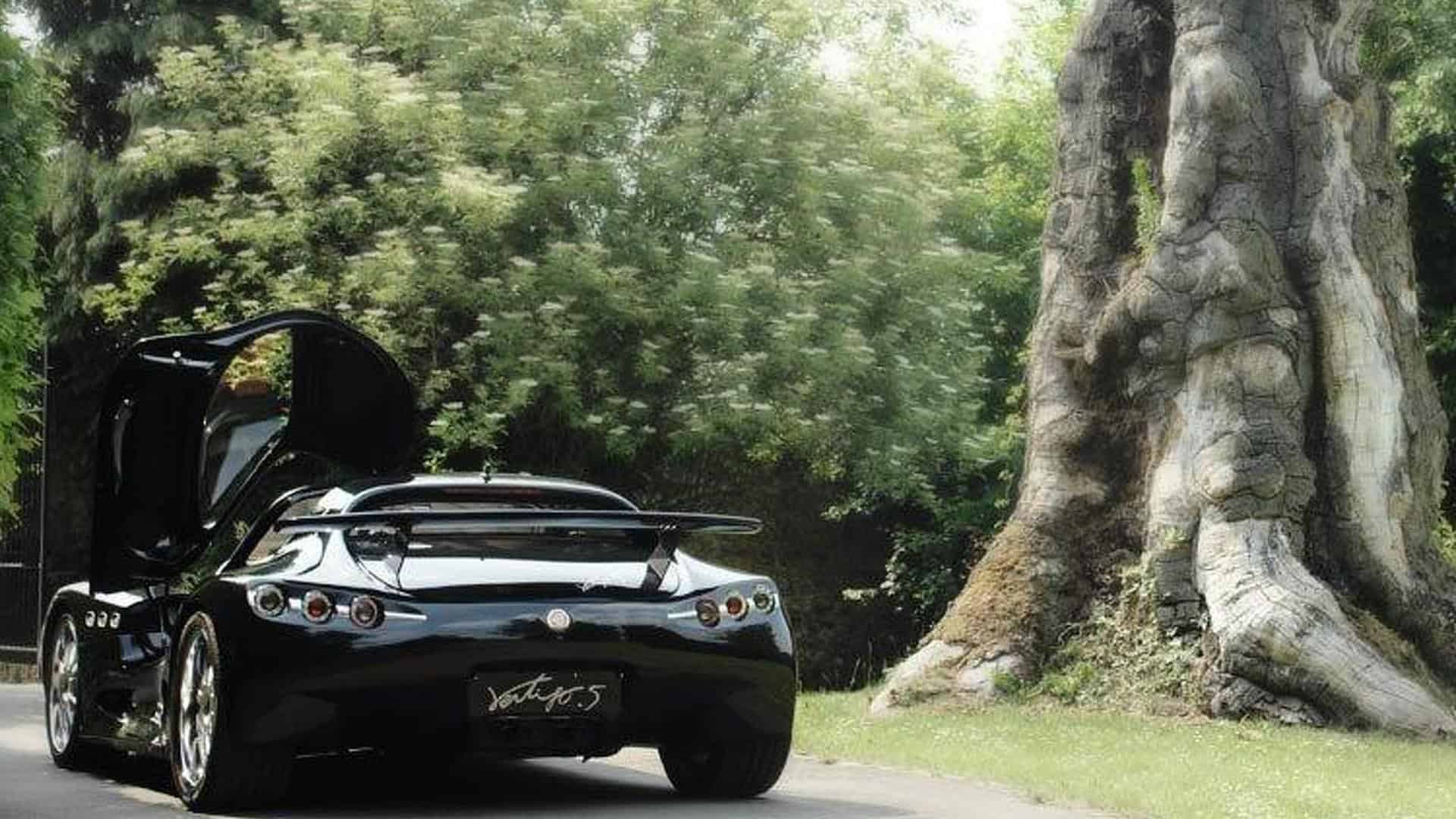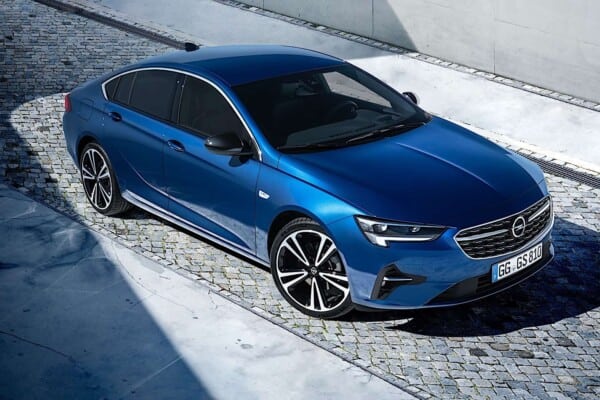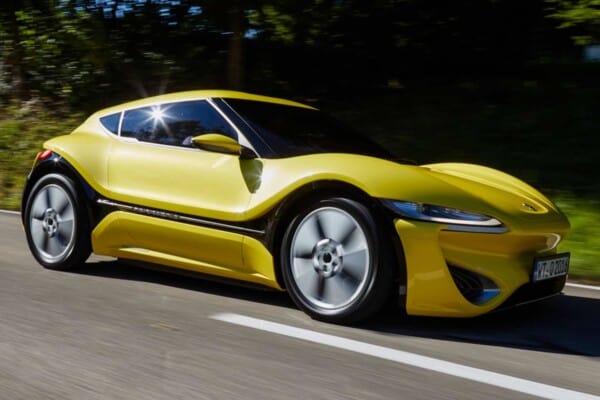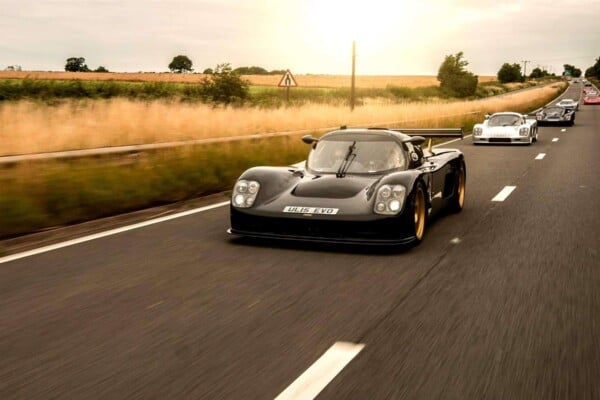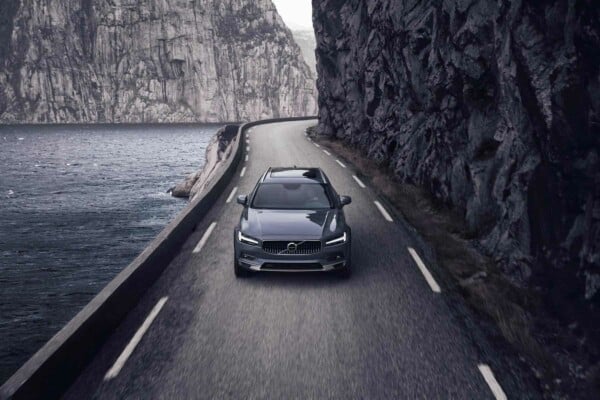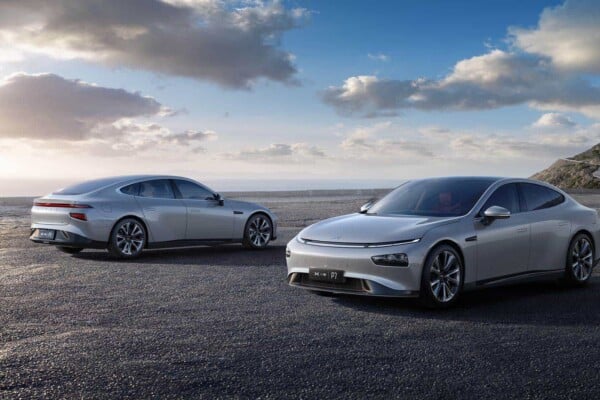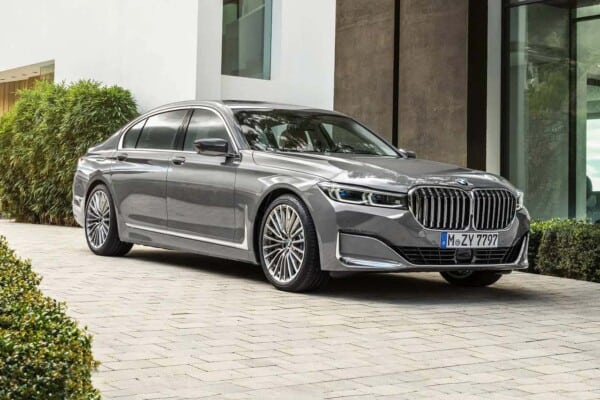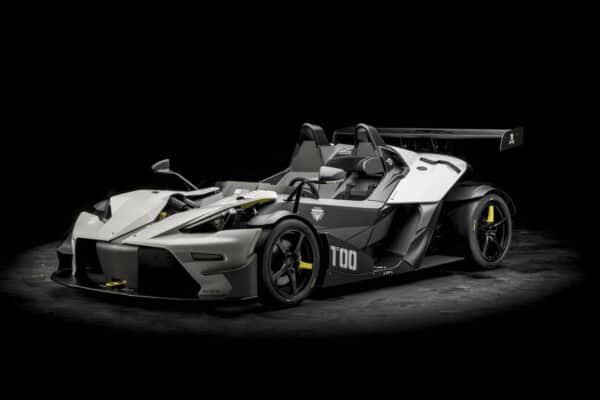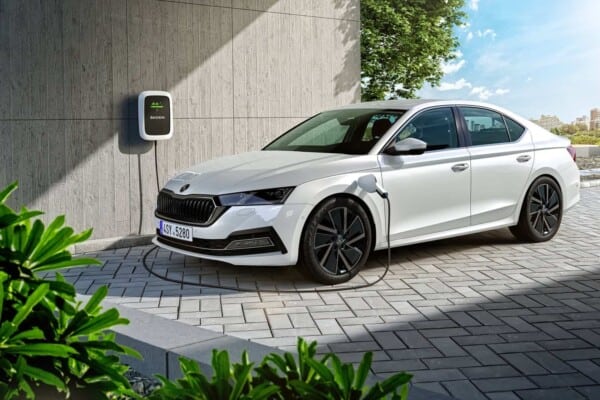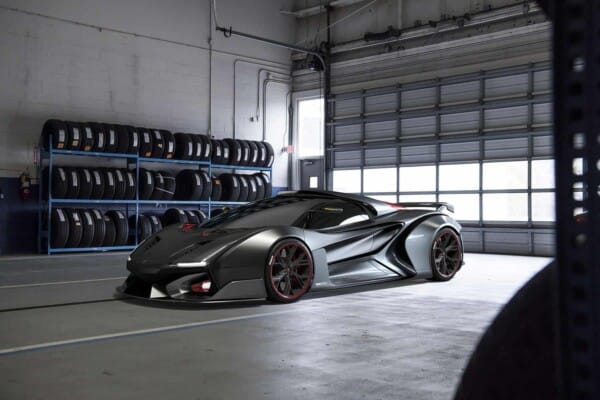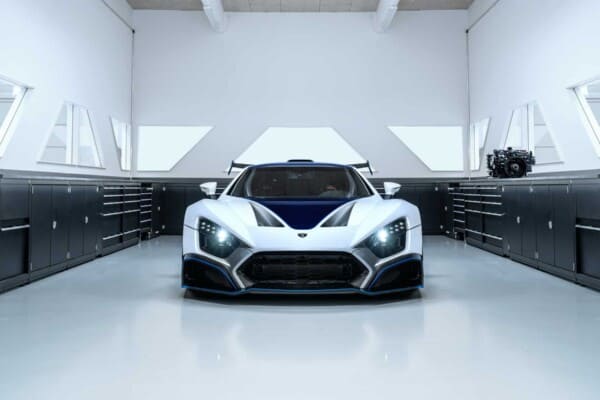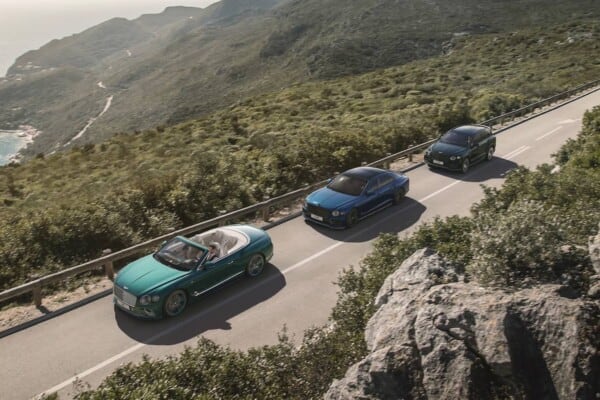As one of the six founding countries of the European Union, Belgium has its capital – Brussels – hosting the official seats of the European Commission, the Council of the European Union, and the European Council. Belgium is also known to be a founding member of the Eurozone and NATO.
Now that we’ve had our brief history lesson, it’s safe to assume most of you were already aware of the political and administrative importance of Belgium within Europe and the European Union. But do you know anything about the country’s automotive industry?
A major player on the market, Belgium has various car assembly plants covering various areas of the country, with names such as Ford, Opel, Volvo, Audi and more conducting business in this country.
Belgium has plenty of dedicated professionals working in the automotive field, the Port of Antwerp eagerly awaits any exports to be sent on the seas, and the country’s efficient distribution network will handle anything car manufacturers throw at it.
But did you know Belgium has its own car manufacturing companies as well? How many Belgian car brands can you name? In this article we are going to focus (as you have probably guessed by now) on the country’s native car brands in the hopes of bringing some new and interesting knowledge to you.
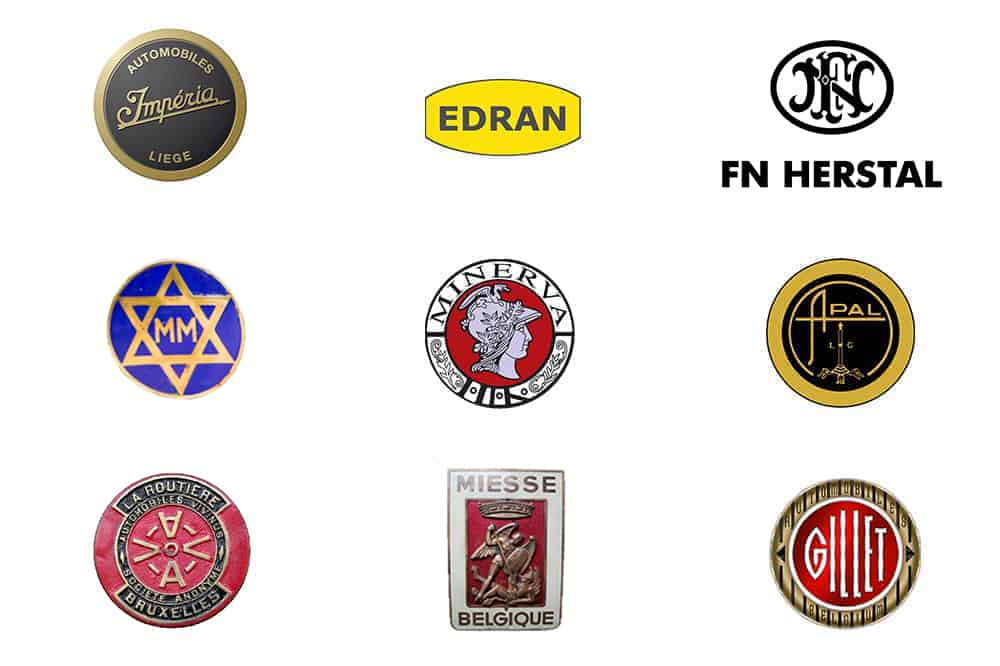
A Belgian Flemish Jesuit missionary, Father Ferdinand Verbiest, designed the first steam-powered vehicle in 1677, claiming the title of the world’s first automobile. Are you curious enough to read even more?
Between 1900 and 1914, Belgium became an automotive giant and introduced to the world names such as Excelsior, Minerva, Imperia, FN, Pipe, Germain, and more. As many as 200 car brands put Belgium on the world map ever since, making it number one in the world at the beginning on the 20th century – at least, when automobiles were discussed.
It was the year 1900, when designer Camille Jenatzy developed an electric vehicle that broke the 100 km/h threshold for the first time, ever. He managed to brake the land speed record three times before earning the nickname “Le Diable Rouge”.
Despite its ups and downs, the auto industry continues to play a major role in Belgium’s economy, with almost 265,000 employees in sectors that are linked to the production and assembly of vehicles, as well as in peripheral activities such as sales, rental, maintenance, sub-contracting (spare parts), fuels, transport, road construction and so on.
Apal
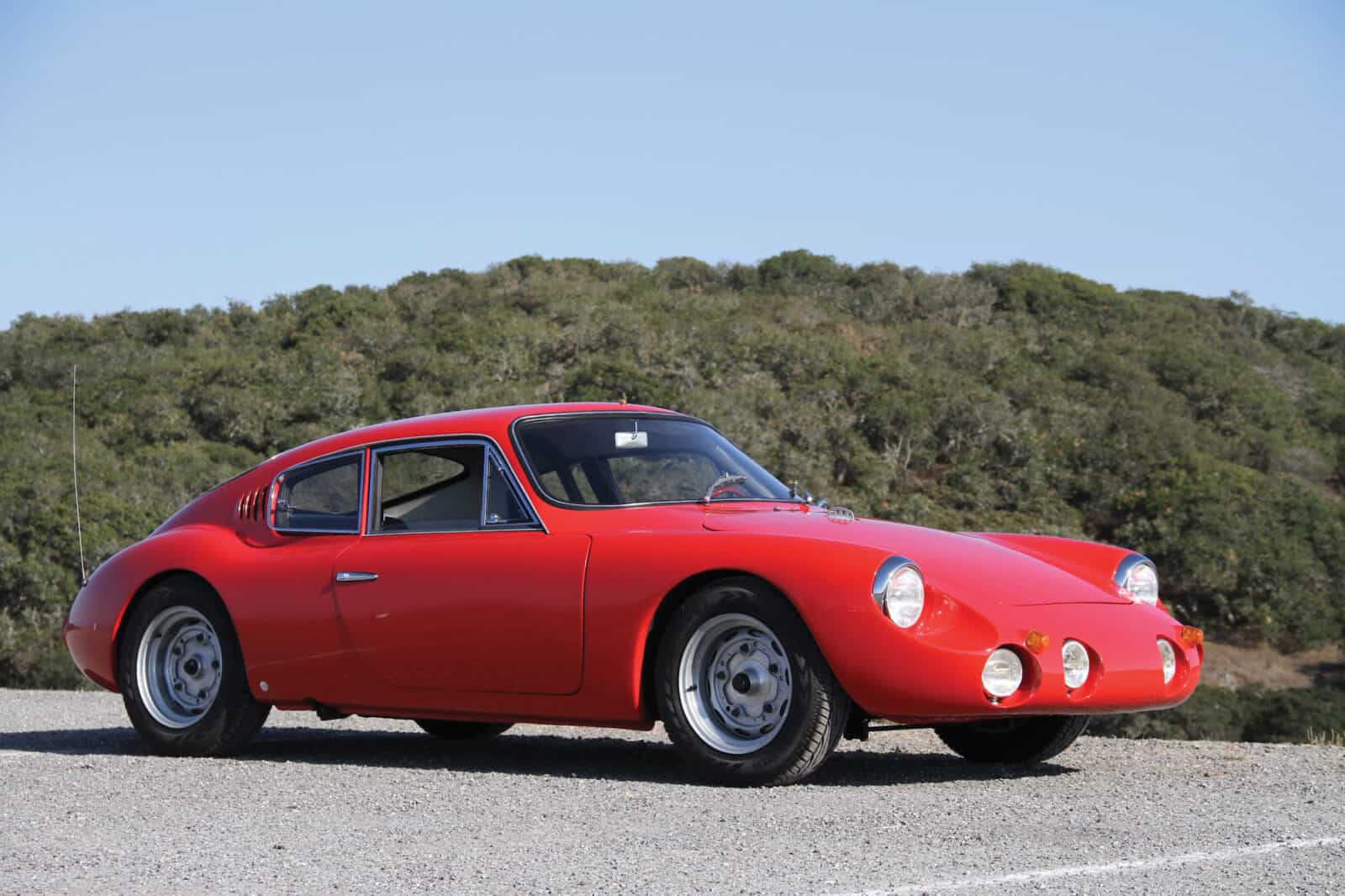
Although considered to be small-scale, Apal is a noteworthy automobile company originally from Belgium. Founded by glass-fiber specialist Edmond Pery in 1961, this car brand was based in Blegny-Trembleur, Liège Province.
By 1962, the car manufacturer’s presence at Brussels Autosalon was felt, with the company revealing their first vehicle, a superb GT coupé featuring gull-wing doors. Powered by Volkswagen or Porsche engines, this vehicle looked stylish enough to make a mark on everyone’s memory.
Having earned a reputation for manufacturing dune buggy and Porsche Speedster replicas, the Belgium-based brand continued to design vehicles, following their GT and its fiberglass body resembling the Porsche 356b Abarth Carrera.
They went on to create stunning machines based around Volkswagen and Porsche vehicles of the era, and by 1965 they had delivered 150 units of the stylish 1600 GT Coupes, of which 30 had Porsche 356 drivetrains hiding under the body shell.
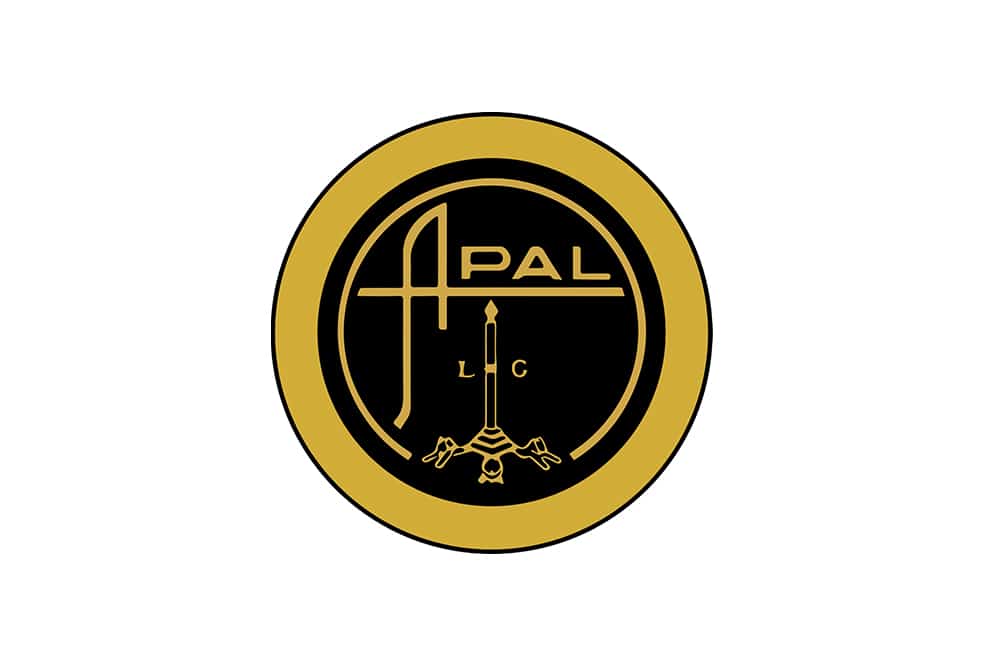
This meant the driver would receive Porsche 356 transaxles, full independent suspension, wheels, and drum brakes all around. The cabin seemed minimalist, and only included two front seats, trim work, and instrument dials.
Somewhere around 5,000 glass fiber bodies were designed and developed between 1968 and 1981, for various buggy models, including Buggy, Rancho, Auki, and Jet.
The Apal Corsa was a performance-oriented vehicle, which featured gull-wing doors and had an extra appeal surrounding it.
The Jet buggy was inspired by a similar model developed by the Americans at Glassco Inc., and the molds bearing the Apal seal of approval have also made their way to England, where they managed to enchant drivers up until 1971.
However, it was the Apal 1200 Saloon model that made the brand really popular. This desirable vehicle was built around a Volkswagen Beetle floorplan, while featuring a thrust-forward nose, a futuristic divided front bumper and a stylish, curved one-piece windshield.
The engine was fitted on the rear axle, a four-cylinder air-cooled 1192-cc powerplant of Volkswagen origins, capable of developing 40 PS. As a result, the vehicle would reach a top speed of 80 mph (129 km/h).
The company would develop a few more models until 1998, when the Belgian car brand would cease all operations.
Edran
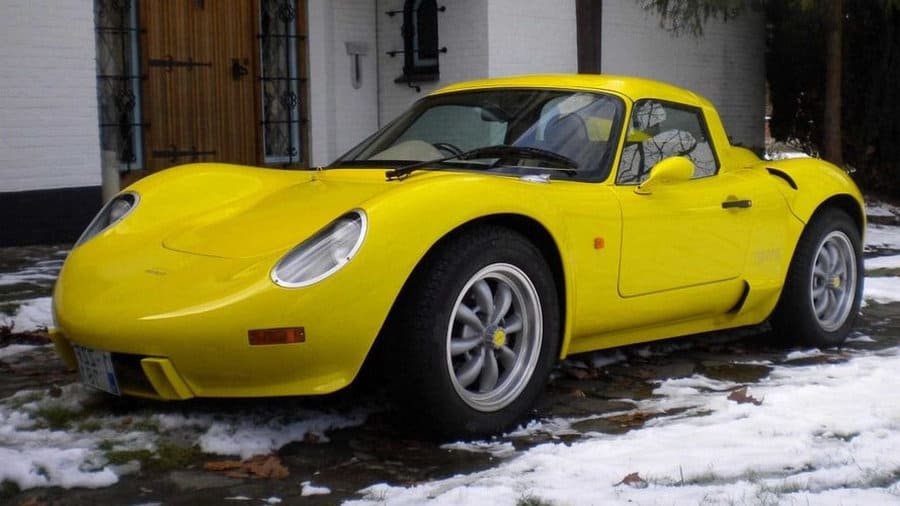
Another car manufacturer of Belgians origins, Edran was founded in 1984 by André Hanjoul. Although initially focused on the production of fiberglass bodies for unique concepts or bespoke sports cars, the company changed direction towards the design and manufacture of their very own vehicles.
Oddly enough, their first model was to be introduced to the world only ten years later when, in 1994, the Edran Spyder MK I was revealed at the Brussels Motor Show. The Spider Mk I featured a 4-cylinder powerplant, capable of developing as many as 180 ponies, while pushing the vehicle towards a top speed of 230 km/h (142 mph).
This was in part possible thanks to a mix of fiberglass, carbon fiber, and Kevlar materials used throughout the car’s body, adding to an overall weight of 710 kg. After this initial success, a team of dedicated people, led by the company’s founder and his unique vision on motor industry, started working on the next best thing.
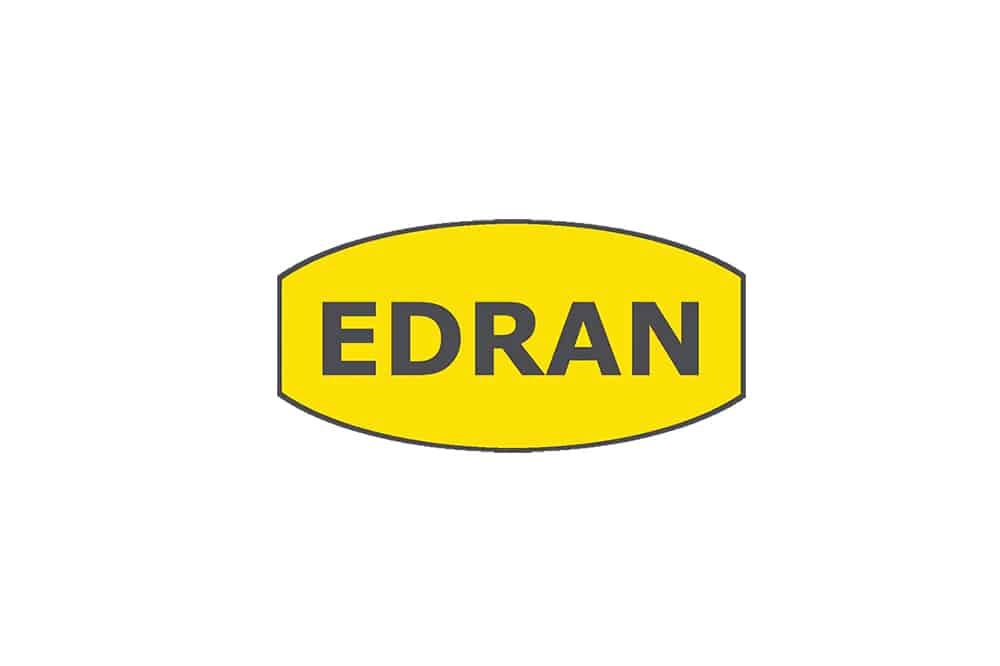
Following years of research and commitment, the Enigma project was revealed in 2006. The 2-door supercar features gull-wing doors and looked incredibly futuristic. Built around a carbon-fiber chassis, with added front & rear titanium structures, and displaying a somewhat menacing exterior shell based on a blend of carbon fiber and Kevlar – integrated spoilers included – the Enigma benefits from quite a lot of power.
A massive 7.2-liter V8 engine was mounted at the center, capable of developing 820 hp, and pushing the supercar towards a top speed of 340 km/h. How does 0 to 100 km/h (62 mph) in 2.9 seconds sound like?
Add in the ventilated carbon/ceramic brakes, and a wide array of sophisticated electronic systems, not to mention the full leather interior, the high-end audio system or the head-up display with speed data, and you’ve got yourselves a cool supercar.
FN
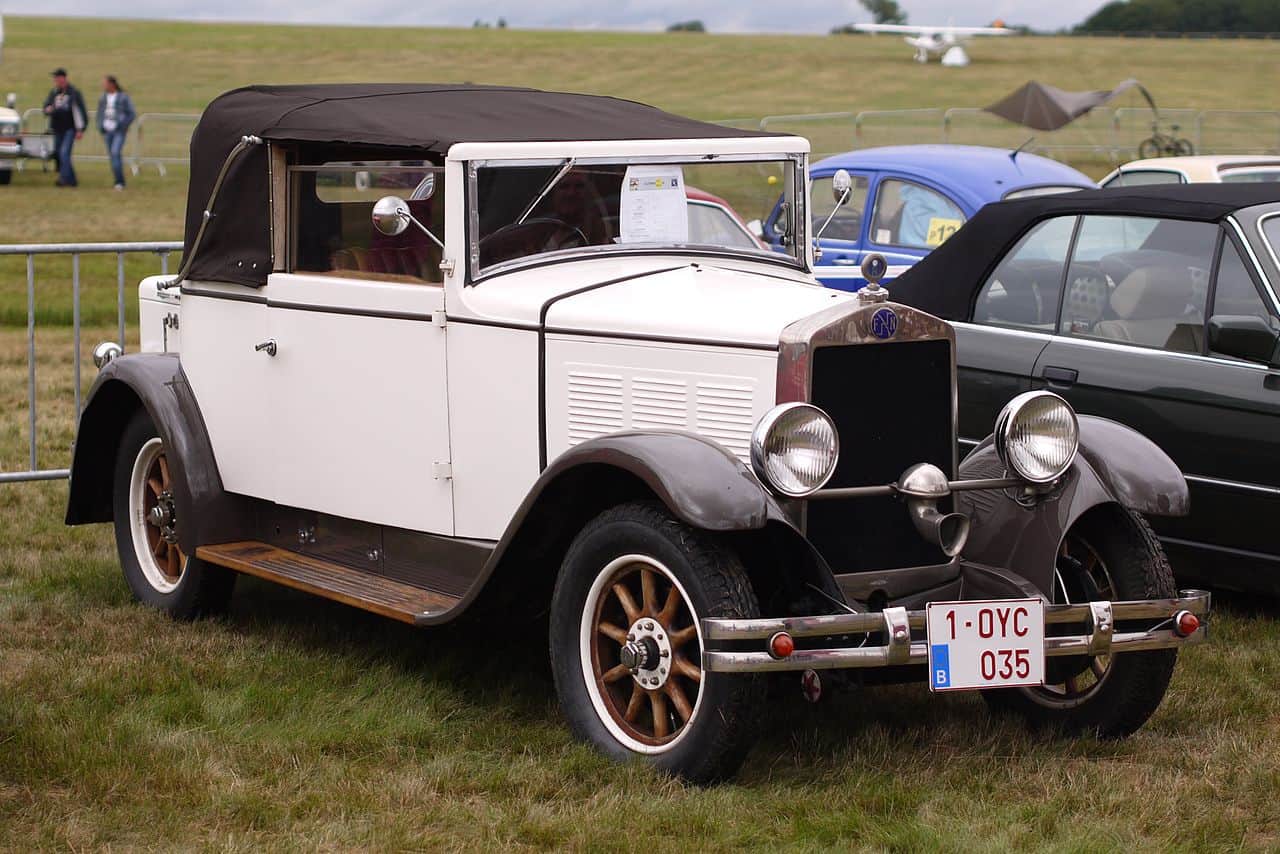
Active until the later 1930s, Belgium’s longest-lived auto manufacturer ever was actually the Belgian Fabrique Nationale d’Armes de Guerre Company. Better known simply as “FN”, this car brand was established at Herstal, on the edge of Liège, in 1889. Aside from weapons, how it all started, the name has been associated with motorbikes and automobiles as well.
By 1900, FN Herstal was already mounting its logo on their first automobile. The “Spider” model featured a two-cylinder motor, putting the rear axle in motion via a chain linkage. In 1904, a new car model was released. Powered by a 4,000-cc four-cylinder engine, this machine bragged about 14 PS (10 kW) and an innovative angled steering column.
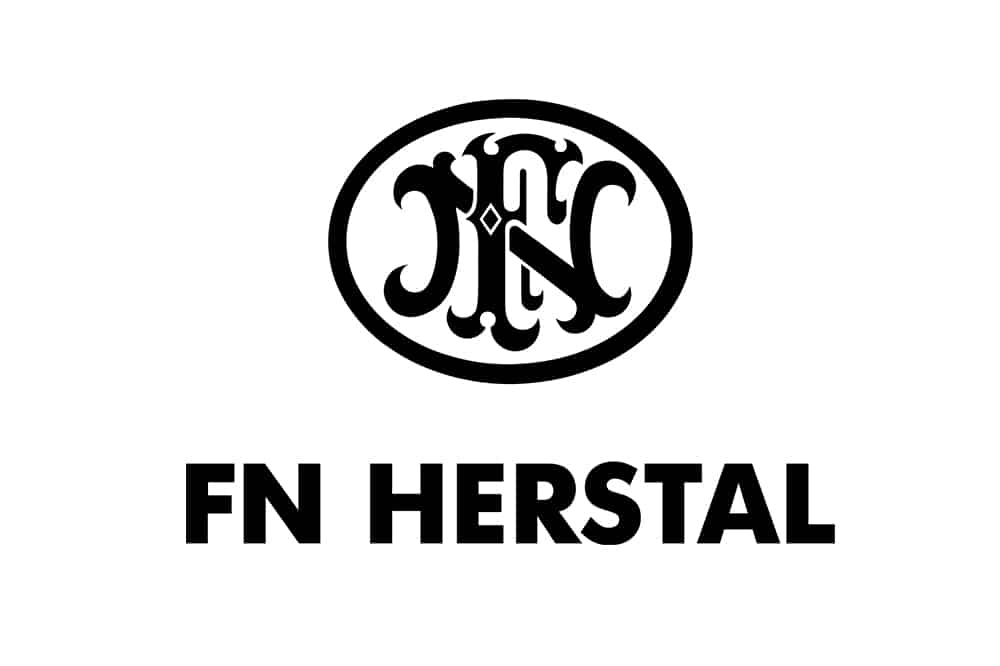
By 1905, the brand’s customer list included the Belgian Royal family and even the Shah of Persia. New designs and innovative technologies continued to be developed inside the company’s factories, such as a disc clutch for sending power to the rear axle, a steel drive-shaft, flexible engine mountings and even engines designed in-house.
After the Great War, vehicles benefitted from aluminum engines, an electric starter, a tachometer as well as a fully functioning electrical system. By 1930, FN were able to deliver 16 different models, something that – ironically – led to economic difficulties. This is why passenger car production was nearing the end, although the Belgian brand went on to remain an active motor-bike producer till the mid-1960s.
Gillet
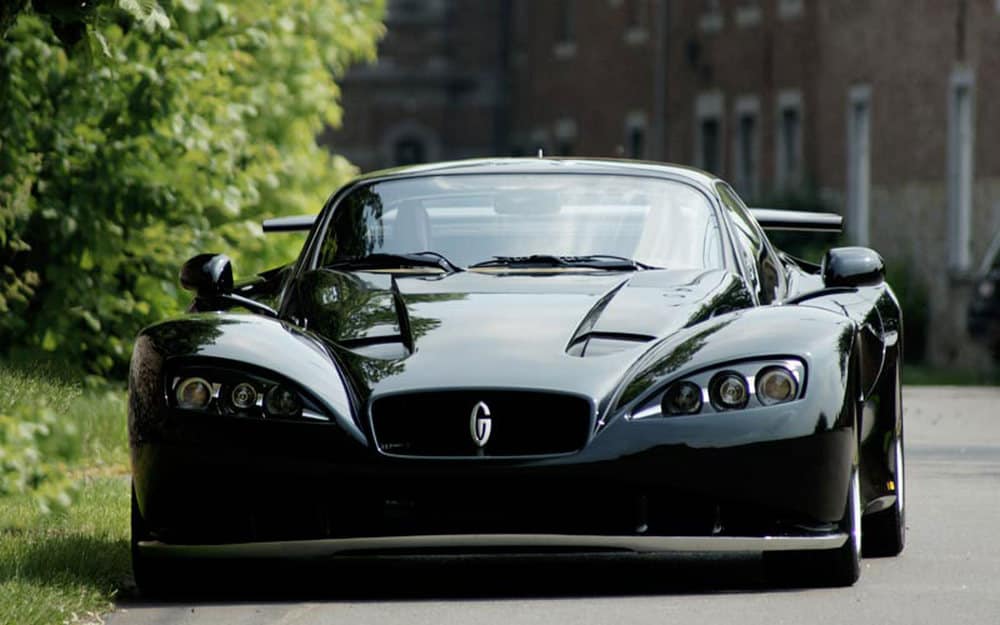
Former racing driver and importer for Dutch car brand Donkervoort, Tony Gillet established this automotive brand back in 1992. The Belgian car manufacturer is known for developing the spectacular Vertigo sports coupé, a customized, hand-built and lightweight toy, that was also super fast.
Initially, the Gillet Vertigo had a 2.0-liter Ford Cosworth engine putting everything in motion, although later iterations would gain more power – how does a 4.2-liter V8 sourced from Ferrari sound? That seems like the kind of engine someone who broke the 0 to 100 km/h (62 mph) record for production cars would love hearing each and every day – yes, we are talking about Tony Gillet here too.
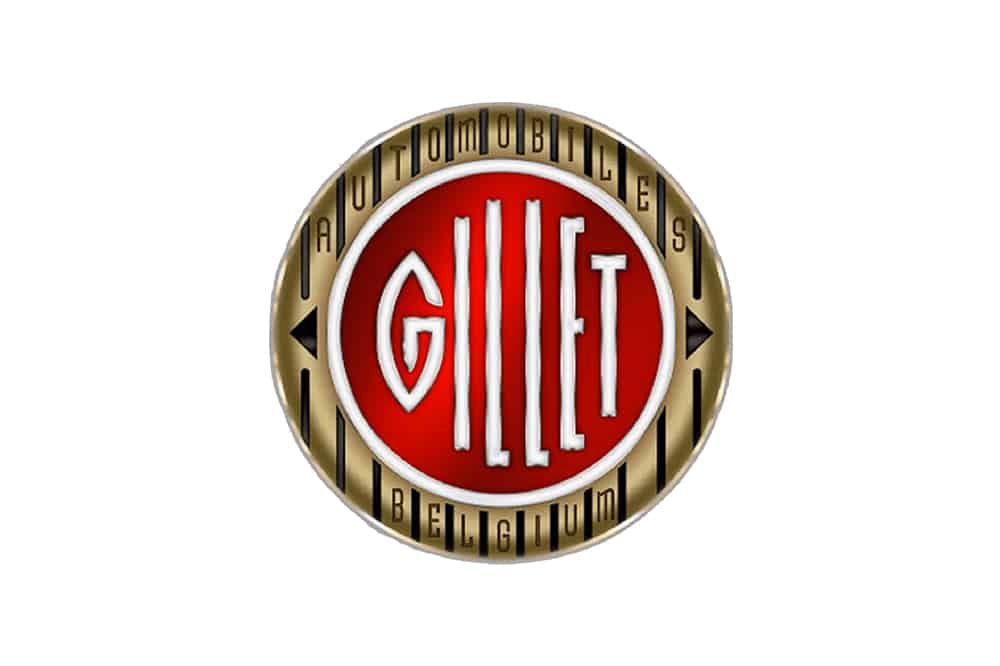
It’s no surprise that the Vertigo car held the 0 to 100 km/h record for production cars for a short while, with an impressive acceleration time of merely 3.1 seconds. This sports car featured a carbon fiber chassis inspired by F1 cars, retractable headlights, and more.
Throughout the years, different upgrades and generations of the vehicle were developed, with the Vertigo .5 being introduced in 2008. In 2015, iconic design shop Zagato revealed a car based on the chassis of the Vertigo .5 and it made big waves at the Concorso d’Eleganza Villa d’Este.
By 2019, the Zagato Maserati Mostro would receive a rolling chassis from Gillet – the first in a series of five. Add in continuous efforts and participation in various racing events, and we begin to feel ashamed about not talking about this brand any sooner.
Imperia Automobiles
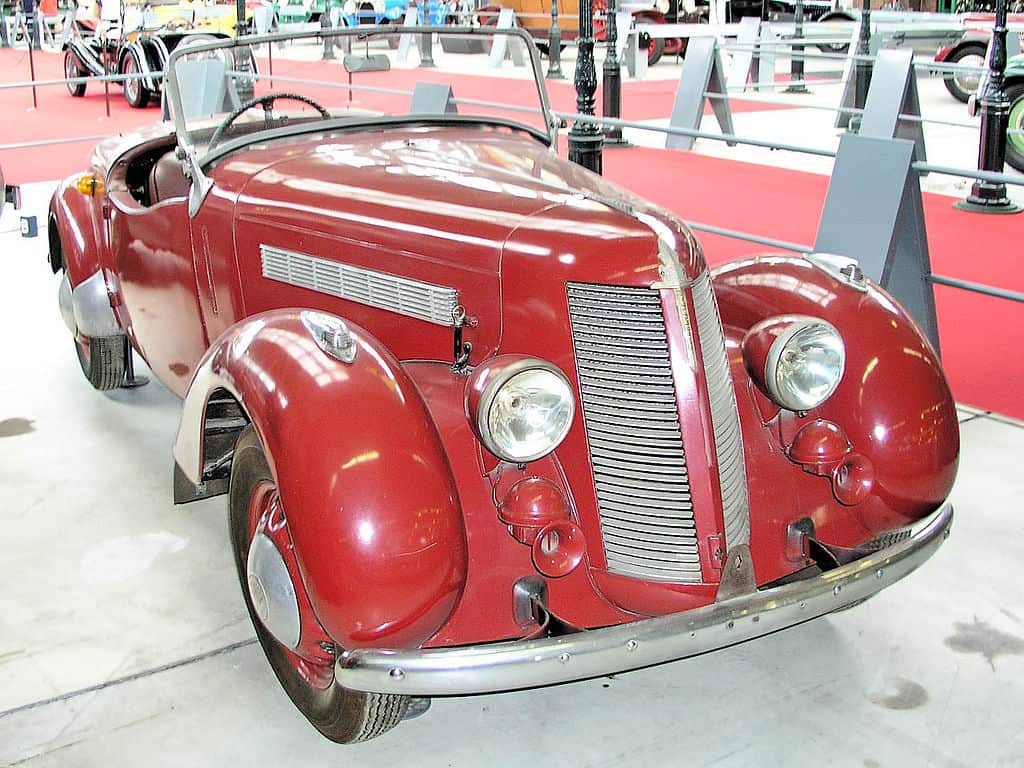
Based in Nessonvaux, Liège, and established in 1906, Impéria Automobiles was a car manufacturer that managed to keep active until 1948. Impéria’s first automotive projects were designed by Paul Henze, specifically four-cylinder engines that varied in size – 3.0, 4.9, and even huge 9.9-liter powerplants.
Following a move to Nessonvaux, where an old Pieper factory was remodeled for auto manufacture, Impéria introduced a monoblock 12-hp (8.9 kW) vehicle in 1909. A year later, in 1910, the Belgian company joined forces with Springuel.
The brand seemed to have difficulties in choosing engines, which is why, in a relatively short amount of time, various designs were tried out – ohc 5.6-litere straight-eight engines, four-cylinder 3-liter 32-valve powerplants that allowed vehicles to reach a top speed of 90 mph (140 km/h) or a tiny 1,100-cc engine fitted on one of the first ever vehicles to feature a sunroof.
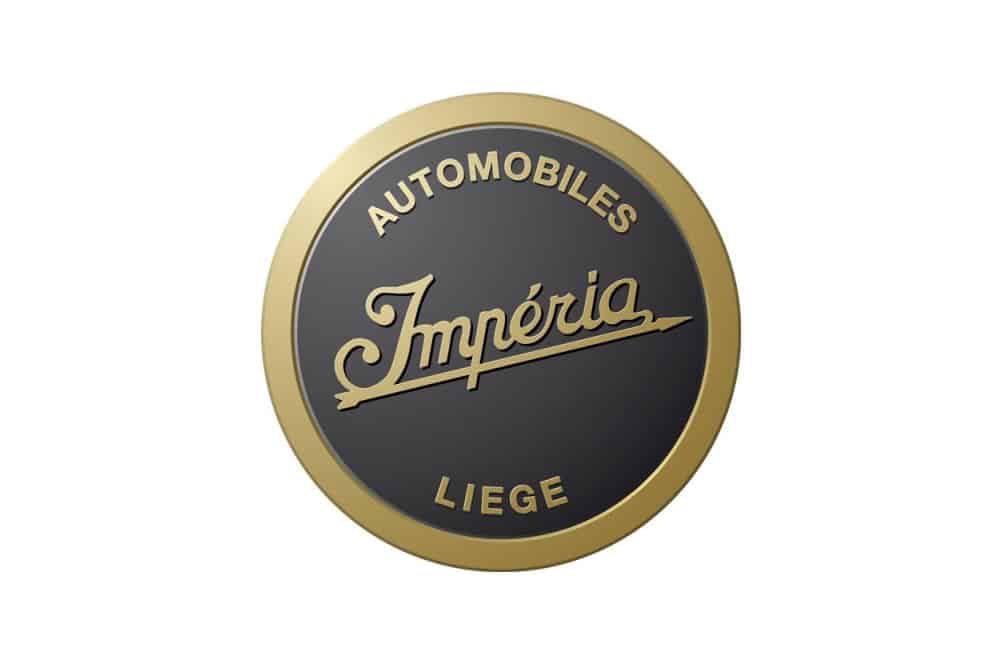
In 1925, Louis de Monge was hired by Imperia as chief research engineer. His innovative mind developed torsion bar suspension and automatic transmissions before leaving for Bugatti and design the 100P plane.
In an effort to expand and grow, Imperia took over three other Belgian car manufacturers – Métallurgique, Excelsior, and Nagant – focusing on developing FWD vehicles. Also worth mentioning is the fact that Impéria even manufactured vehicles in Madeinhead, UK.
Between 1947 and 1949, the company manufactured the TA-8, their last car model to be developed, with later work including licensed assembly of Standard Vanguards. By 1957, the factory would close its doors and leave it to other brand to carry on the Belgian automotive efforts.
Métallurgique
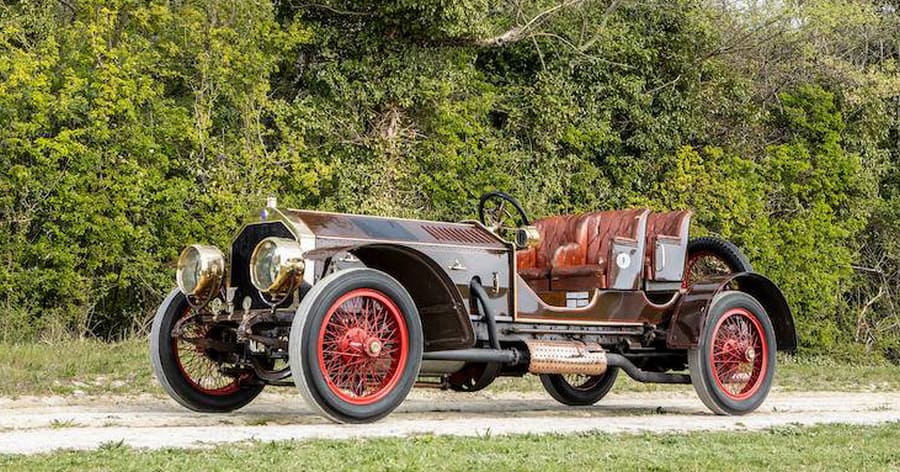
Based in Marchienne-au-Pont, Belgium, Société Anonyme L’Auto Métallurgique manufactured vehicles between 1898 and 1928 – not before making a name for themselves by designing and producing railway locomotives and rolling stock.
The brand’s automotive efforts begun with the introduction of vehicles, powered up by two-cylinder 4.5-hp (3.4 kW) engines, that had chain drive – in 1900, the company’s engineers decided it might be better if they switched to shaft drive.
By 1905, a new lineup was already ready for delivery, with the vehicles resembling Daimler cars of the era, mainly due to the fact that designer Ernst Lehmann switched from Daimler to Métallurgique. The new lineup featured pressed-steel chassis, a live rear axle, as well as dynamo-powered electric lighting. The Belgian car brand would soon earn a reputation for being a sports car manufacturer.
Speaking of which, there are some Métallurgique innovations to mention, such as a 4-cylinder engine developing 100 hp (75 kW) at 1,400 rpm, which allowed vehicles to max out at 160 km/h (99 mph). For that time, it was ridiculously impressive.
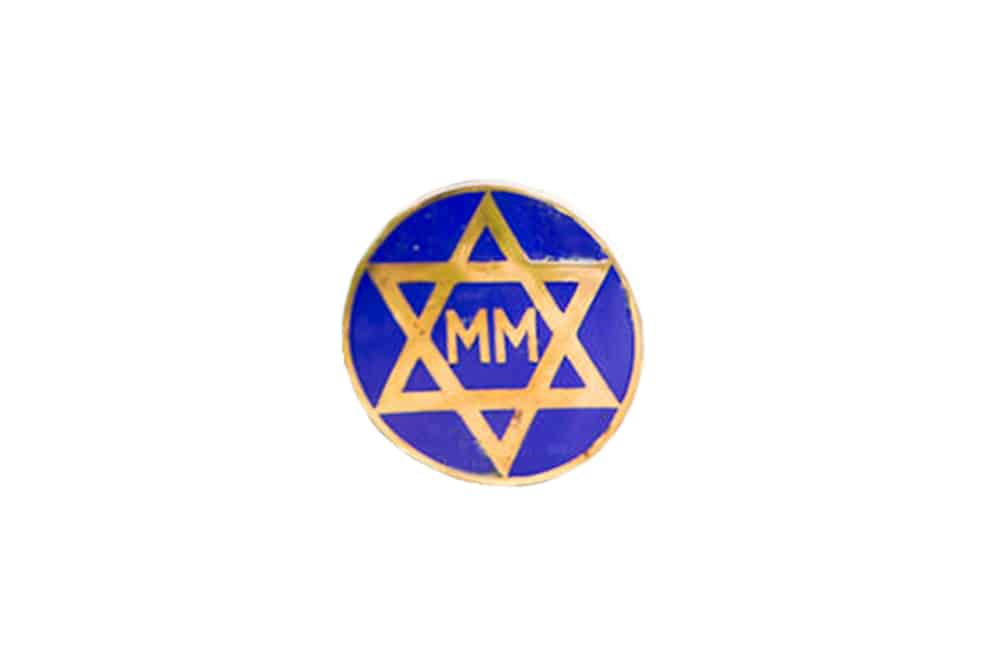
By 1907, it was easy to spot the brand’s cars, as they all featured a distinctive V front radiator. Keeping up with era trends and aiming to deliver nothing but state of the art automotive technologies, the Belgian company joined forces with the Germans at Bergmann Elektrizitäwerke. The dedicated people over at Vanden Plas handled the bodywork, while 4-speed gearboxes were designed in-house.
All models developed before the Great War were praised for their level of quality involved with the construction. Following the war’s aftermath, the company continued to develop automotive projects, with some vehicles featuring Adex brakes – something of an exclusive feature, ath the time.
By 1927, however, Imperia was taking over the company, with Minerva taking over the factory. The brand name was about to disappear.
Miesse
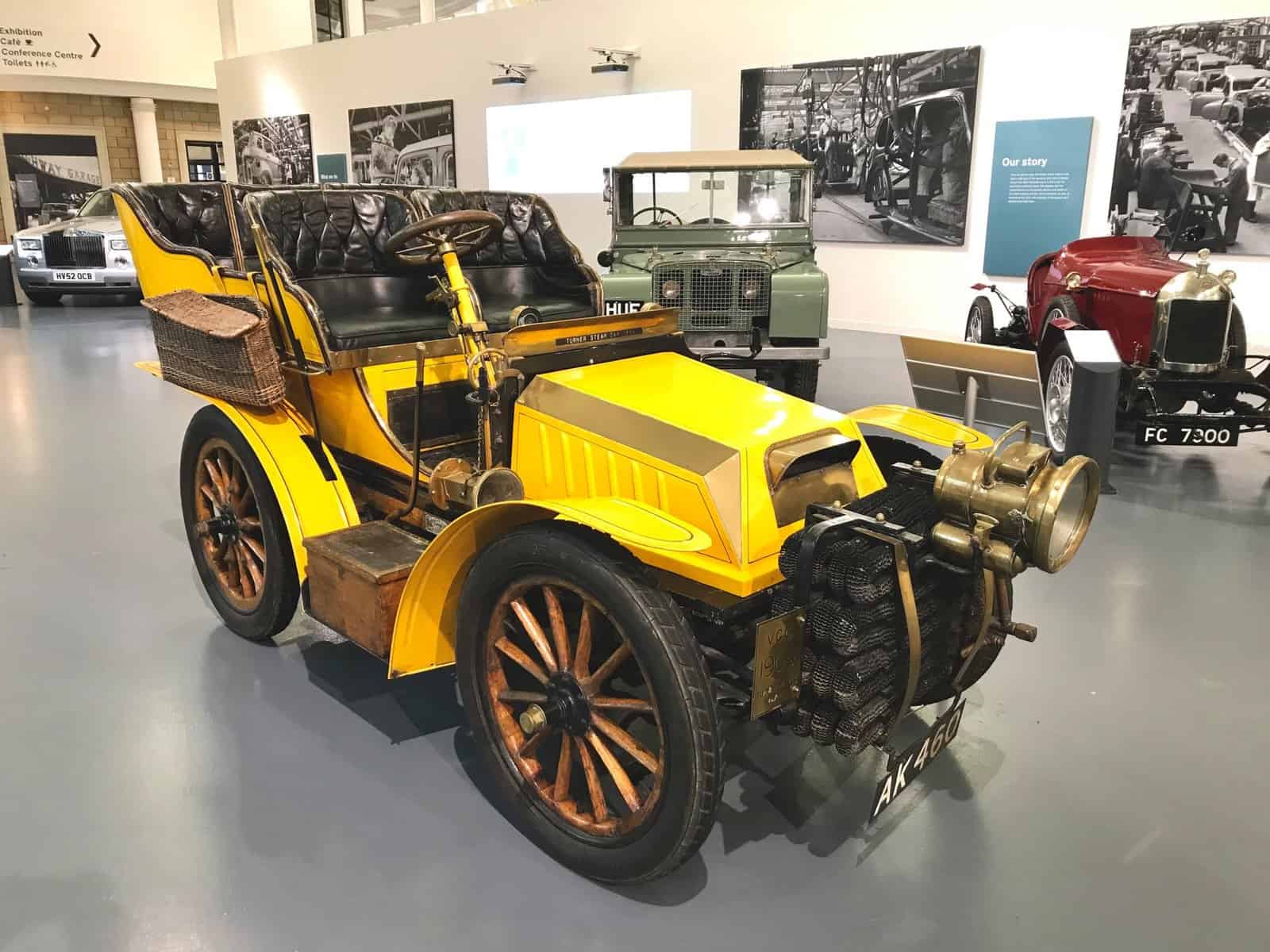
As we go back in time listing Belgian car manufacturers, Miesse is a car brand name could not have been ignored. This company was focused on designing and developing cars, as well as trucks, and they did so for a long time – between 1894 and 1974.
Jules Miesse set up shop in 1894, and the first car was rolling out two years later – it was steam-powered. The brand started using petrol engines beginning with 1900, and soon after the Miesse name was associated with taxi cabs in Brussels.
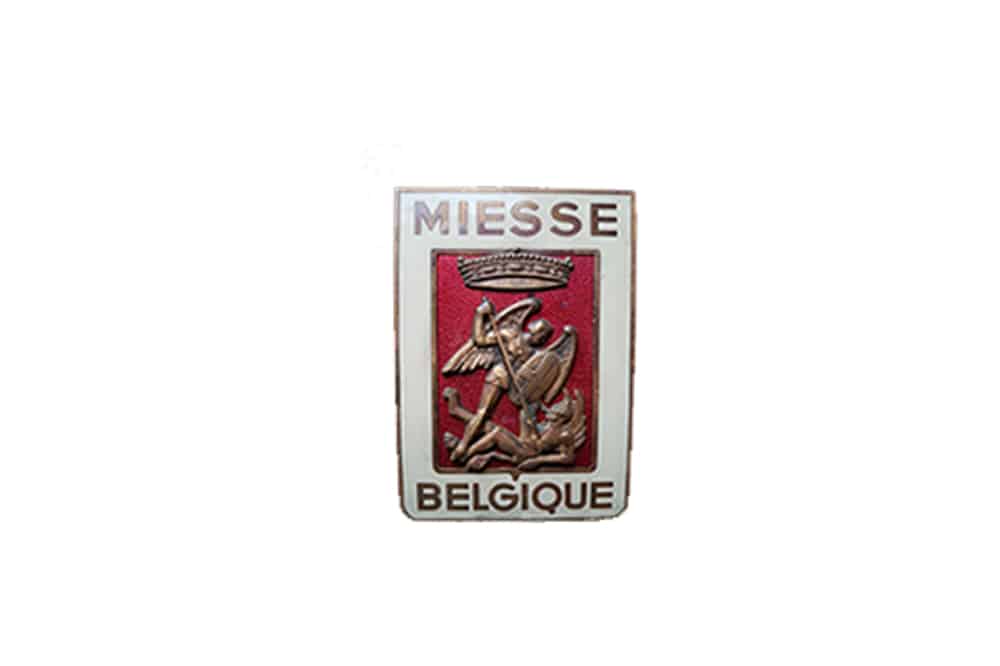
The company even acquired license to assemble their vehicles in the UK, but by 1927 the production of cars was discontinued. The brand name was to be known for manufacturing trucks and buses, from now on. Vehicles featuring Diesel engines were actually featuring the Junkers name under the hood, with the Germans responsible with providing the engines.
In an effort to increase truck production, Miesse acquired the Bollinckx works in 1929, with the latter name famous for developing steam engines, compressors and various other tools working on compressed air. By 1974, this story was coming to an end.
Minerva
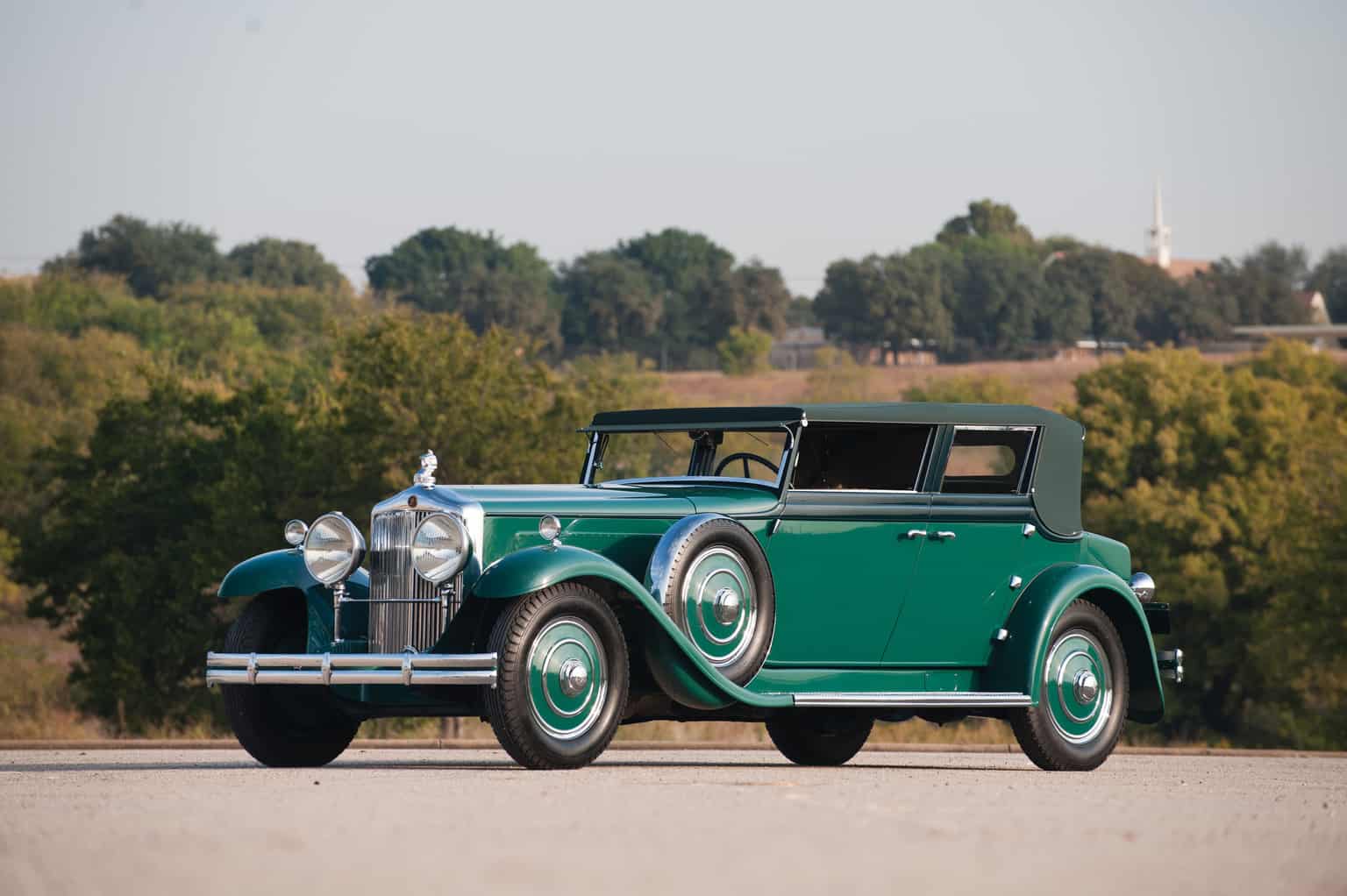
A famous manufacturer of luxury automobiles, in Belgium and across the country’s borders, Minerva started out manufacturing standard safety bicycles in 1897. But in 1900, the company wanted to expand its activity in other fields and by 1902 their first car was introduced.
This was a bold move, from developing lightweight clip-on engines for bicycles. A 211-cc unit developed 1.5 hp, enabling rider to reach speeds of up to 50 km/h (31 mph). Exports reached countries such as the UK, France, Germany, the Netherlands, and more.
Starting with 1904, Minerva focused its efforts on car manufacture, with motorcycle design fading into the background, until it was part of the brand no more. It is worth mentioning, however, that the iconic UK-based motorcycle firm Triumph had its first bikes powered by Minerva-sourced engines.
As mentioned, car production started in 1904, with the lineup including two-, three- and four-cylinder engines that featured chain drive and which were fitted onto metal clad wooden chassis.
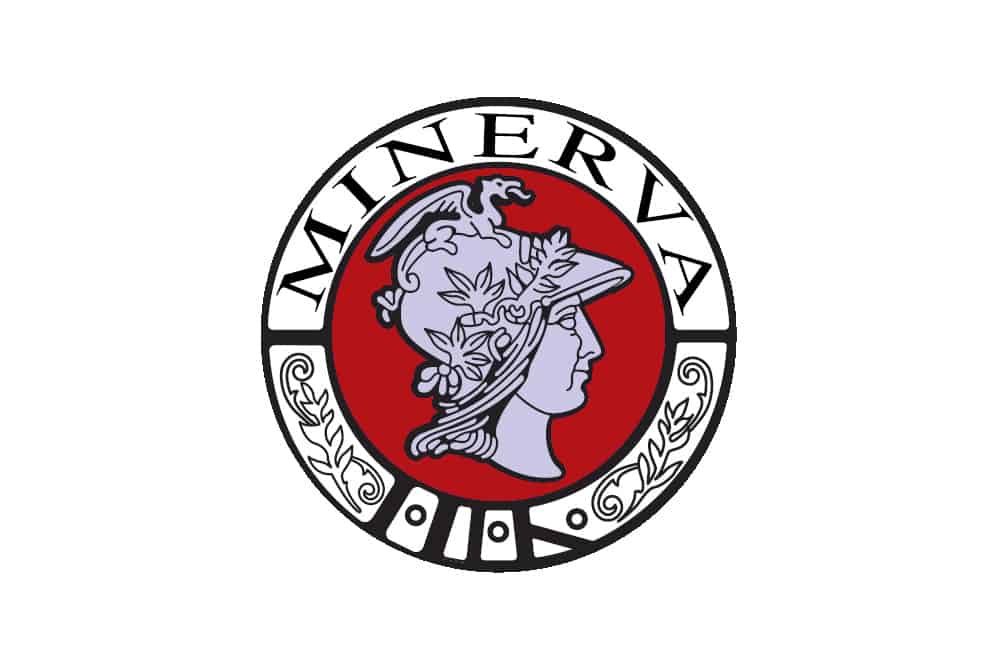
The most important market was England, although people in the Netherlands and France were also interested in the brand’s vehicles. Some noteworthy customers included the kings of Belgium, Sweden and Norway – even Henry Ford owned a Minerva car.
Starting with 1908, the Belgian firm managed to acquire a worldwide Knight Engine license ensuring the high-quality and silent engines powered all future Minerva projects. Throughout the First World War, the company’s engineers kept developing automotive cars and in 1920 luxury car manufacture was rebooted.
US-based clients started to show interest in their vehicles, including movie stars, politicians and otherwise financially prolific people. Offering Rolls-Royce luxury levels, yet costing far less, Minerva’s concepts were highly desirable at the time.
The Minerva M4, featuring a 2-liter engines, was introduced in 1934. With the financial crisis in the 1930’s hitting anyone on the market, this was to be the last model ever to be developed by the company.
True, the company signed a contract with the Belgian armed forces and produced Land Rovers under license until 1953. But this was it, as the company closed its doors in 1956.
Vivinus
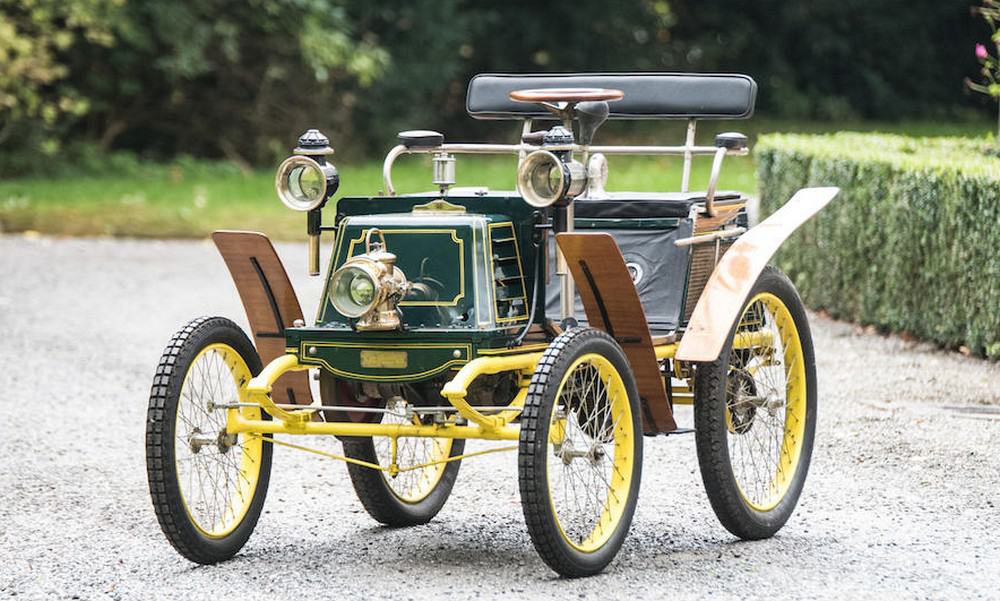
Although founded in 1899, this company based in Schaerbeek would not remain active on the market for a long time. People in Brussels knew a thing or two about Ateliers Vivinus S.A., a name focused on developing and manufacturing vehicles.
Established by Alexis Vivinus, this company originally focused its efforts on manufacturing bicycles, before becoming a Benz importer. Starting with 1895, cars rolling out the factory gates displayed the brand’s own designs.
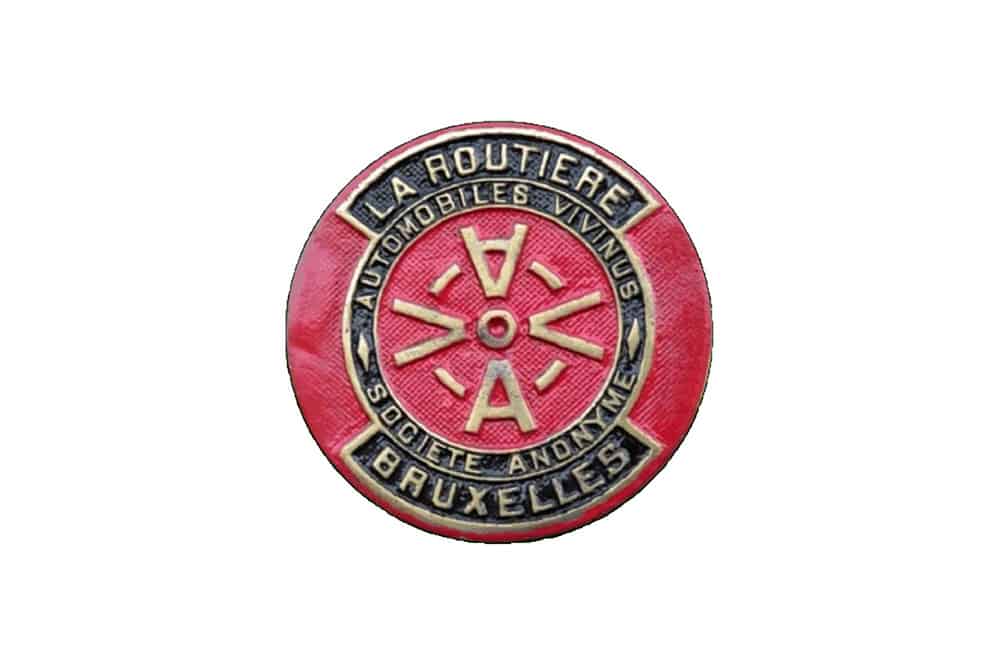
At the time, Vivinus was delivering belt-driven models, featuring 785-cc single-cylinder engines driven by belt and mated to a 2-speed transmission. The company even managed to sell a few licenses, thus increasing profit and resources required for future designs.
By 1907, the company was keeping in line with era trends, which is why their vehicles started featuring 4-cylinder engines and shaft drive. However, in 1912 the shop was taken over by Fabrique Automobile Belge, while the firm’s founder changed teams and joined Minerva.
Conclusion
Even though today there aren’t too many active car brands from Belgium, it’s nice to know that this country played a major part in the automotive world. Belgium was once the world’s most important car manufacturing country and who knows, maybe in the future we’ll have other up and coming Belgian car brands to mention.

